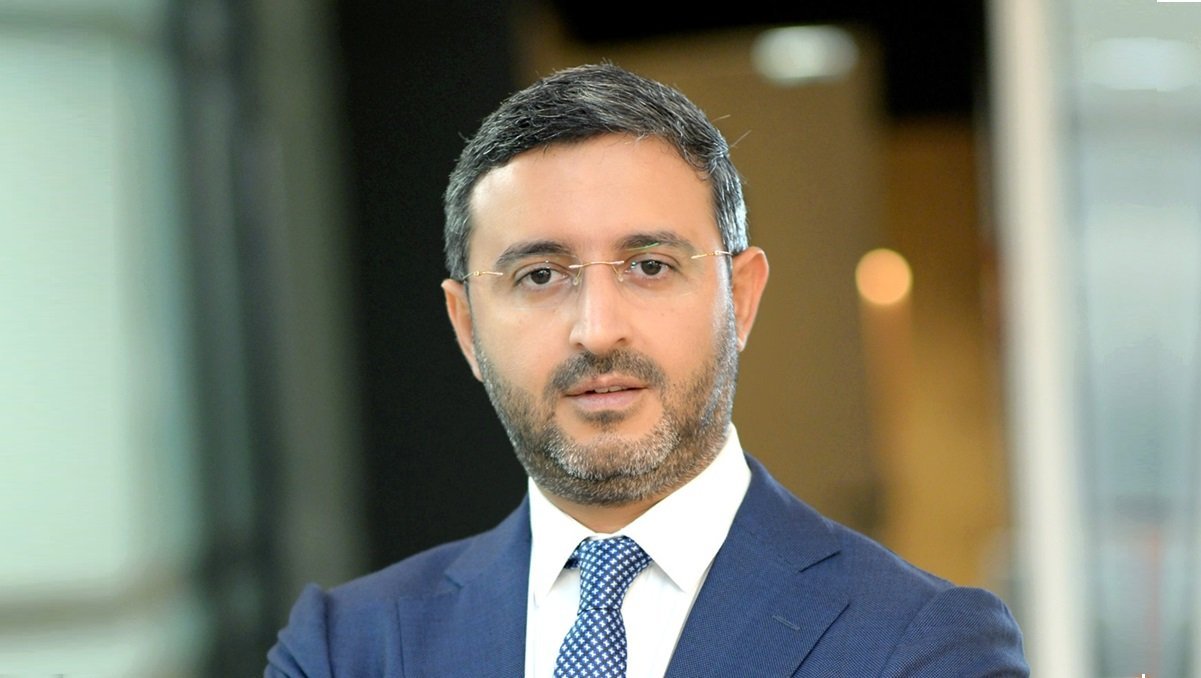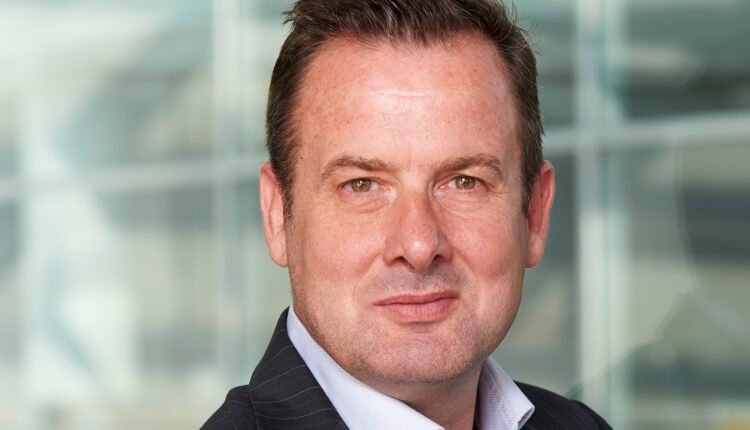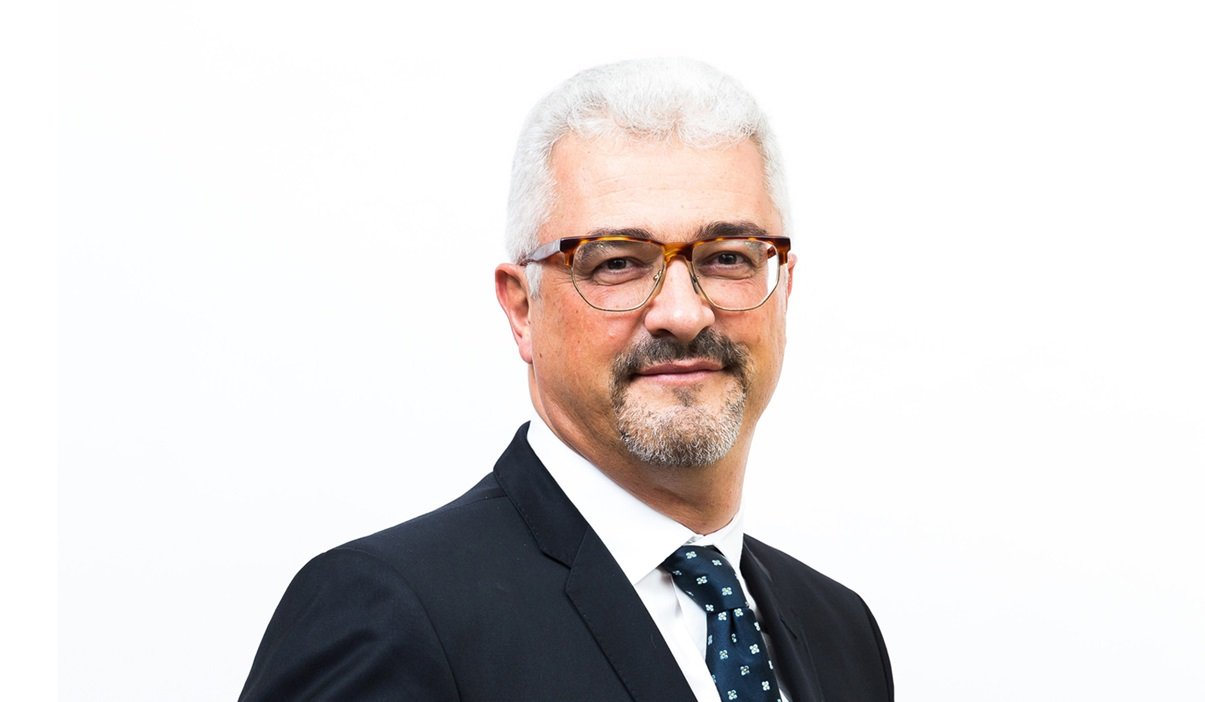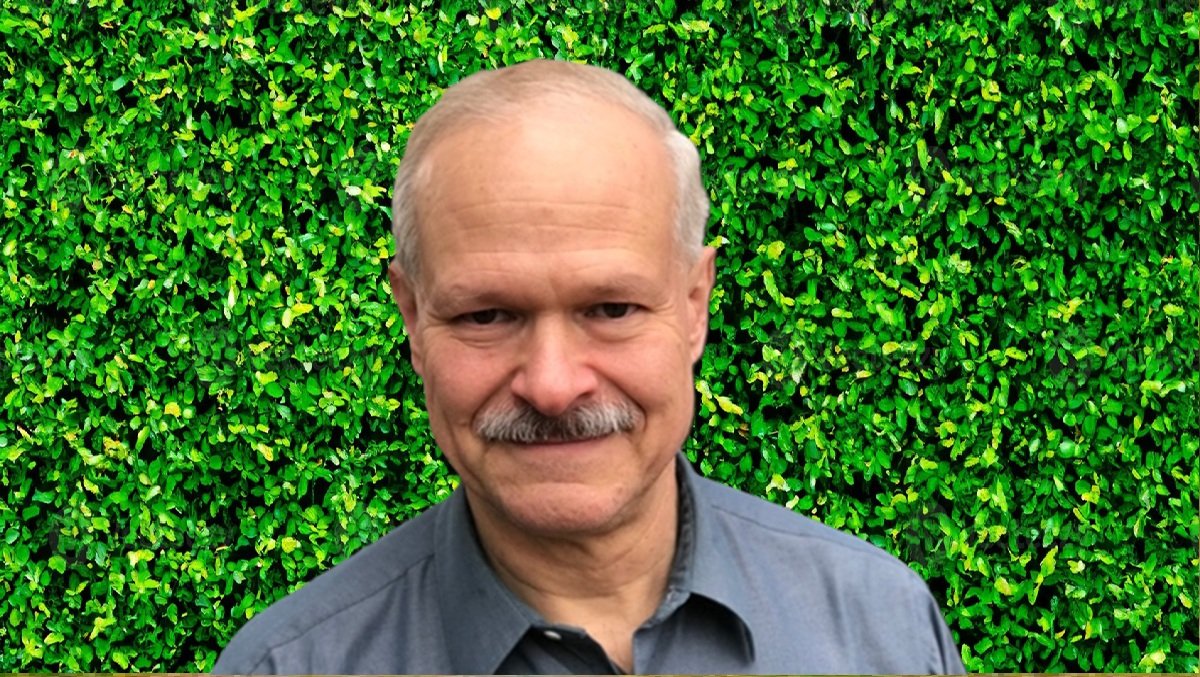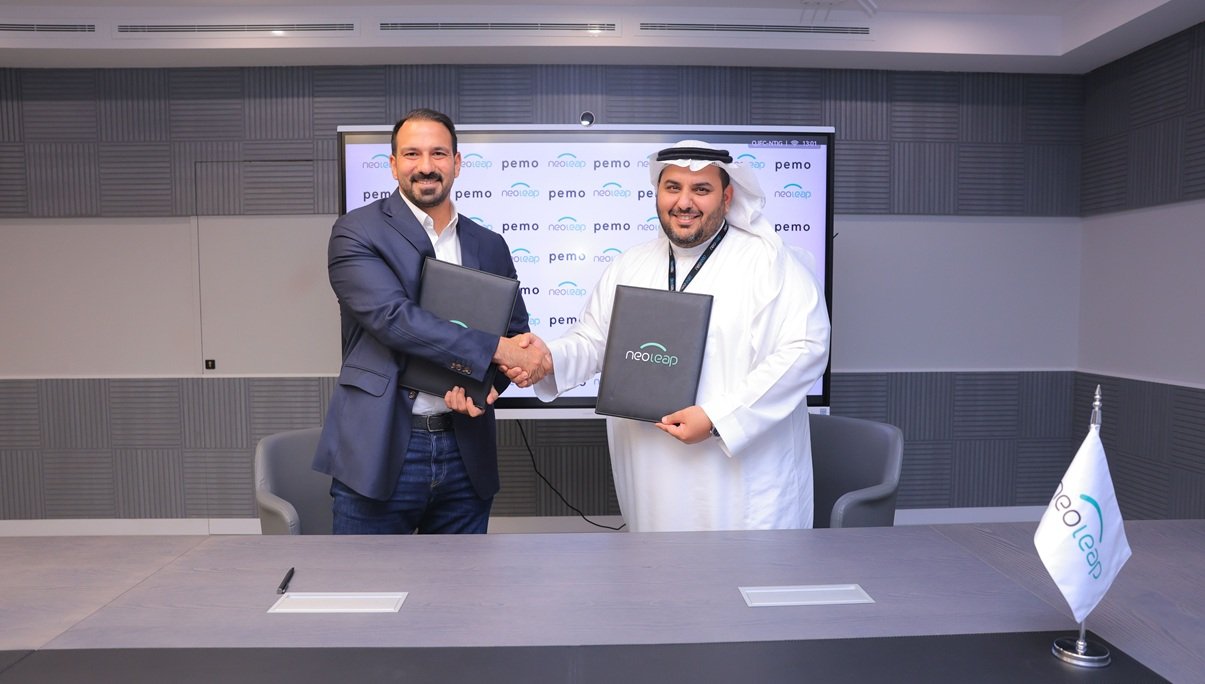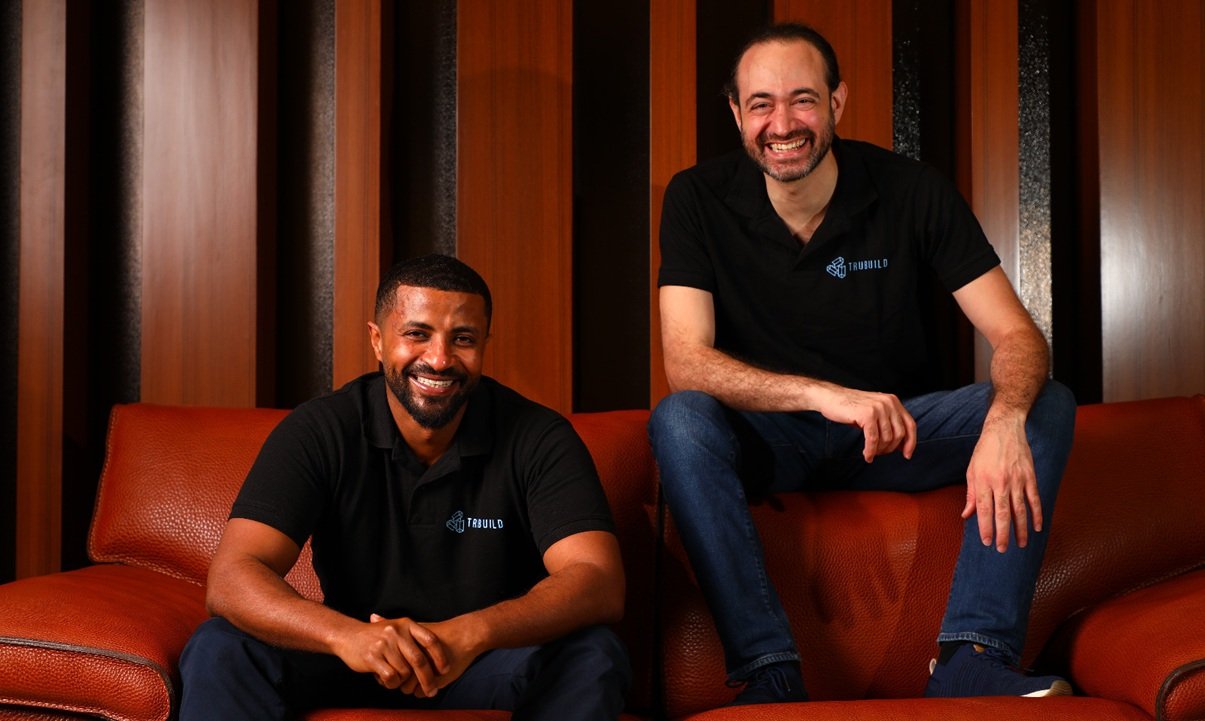Mahmoud Abdelmoneim, Sales Director for Middle East, Turkey & Central Asia at Vertiv, discusses the best practices for deploying high-density cooling solutions in data centers.
In today’s technology-driven world, reliable computing power is essential for business continuity. With unprecedented amounts of data has come a non-negotiable necessity for companies to house reliable, efficient, and innovative data processing and storage environments.
This new reality has driven a new wave of growth for data centers. According to Omdia, global data center capital expenditure (CAPEX) is projected to increase from $293 billion in 2022 to $468 billion in 2027 at a compound annual growth (CAGR) of 9.8%. These figures illustrate the influence of the global data center market – present and future.
Besides emerging as vital for storing, distributing, and interpreting data through various hardware and software devices, data centers have become invaluable for organizations in managing their operations and business applications. However, the data landscape is evolving at a tremendous pace, and new considerations are arising.
A data center malfunction alone could bring an organization’s digital operations to a standstill – with subsequent implications including ongoing disruption, reduced productivity, revenue losses, reputational damage, missed opportunities, and more. Whether in advance or in real-time, navigating challenges is imperative – something achievable by adhering to industry best practices.
“As processing-intensive computing applications grow, new density and space constraints emerge, and organizations adopt more cloud services while utilizing artificial intelligence (AI) to harness advanced analytics and automated decision-making capabilities, new best practices are arising,” revealed Mahmoud.
“Among the most prominent is data center operators proactively exploring high-density cooling technologies and solutions for greater performance, energy efficiency, and environmental sustainability.”
With power requirements evolving, so too is the need for new technologies and solutions. While data centers currently support rack power in excess of 20 kilowatts (KW), this figure is set to increase to over 50 KW in the years ahead.
New generations of central processing units (CPUs) and graphics processing units (GPUs) have greater thermal density properties than pre-existing architectures, while server manufacturers are increasing the number of CPUs and GPUs per rack to meet accelerating demands for high-performance computing and AI applications.
Additionally, other trends driving greater power consumption and computing demands include virtualization, containerization, changing hardware, higher-density deployments, and the rise of edge computing. Collectively, these make high-density cooling uptake a pressing necessity rather than a ”nice to have”.
“It’s important to note that the global data center thermal management market was valued at $6.1 billion in 2022 and is projected to grow at a CAGR of 16.4% between now and 2027, reaching $13 billion in three years time.” said Abdelmoneim. “Demands for the latest cooling solutions are certain to rise and, with high-density cooling set to become hugely significant, following the latest best practices before and during deployment will be critical for maximizing efficiency and reliability.”
In preparation for high-density cooling deployment, the Vertiv expert recommends starting detailed planning and consideration – spanning the facility’s footprint, current thermal management strategy, workload, budget, and more.
For any organization striving for high-density cooling deployment, Vertiv’s recommended best practice roadmap begins with determining current and future workload requirements before conducting an extensive site audit to ascertain technical and economic feasibility. Next up is modeling the high-density cooling infrastructure within the data center and identifying obstacles to overcome – from access route concerns to new piping installation and optimizing technology placement.
It is important to consider budget and installation impacts, factoring in efficiency and carbon footprint, and finally designing the new solution – customized for site requirements – before building and integrating the system with support from the relevant partners.
“High-density cooling is unquestionably the future for data centers as demands for computing power and energy efficiency continue multiplying,” added Abdelmoneim. “Liquid cooling is emerging as a highly efficient solution, which presents significant opportunities for unlocking circular economy benefits. By efficiently utilizing resources and enabling the reuse or repurposing of heat energy, liquid cooling systems may contribute to sustainability goals while optimizing performance and reducing environmental impact.”
“These factors have instigated the rise of liquid cooling, which has delivered incredible results in terms of supporting efficient, cost-effective data center operations alongside reduced carbon footprints and better energy savings.”
Vertiv can provide expertise and consultancy to support high-density cooling infrastructure design, selection, installation, and maintenance.
Whether building a new site, refurbishing a facility, or just adding a few more power or cooling units to your base set, Vertiv can help manage each step, from design, delivery, commissioning, and start-up, including handover to operations teams and scheduled maintenance activities.
“Data center infrastructure optimization is a priority for entities in every industry and the transformative potential of high-density cooling is undeniable,” concluded Abdelmoneim. “Vertiv is here to support organizations on this journey with a comprehensive range of world-class technologies and solutions at our disposal which bring projects to life, aligned with the very best industry practices and standards.”

